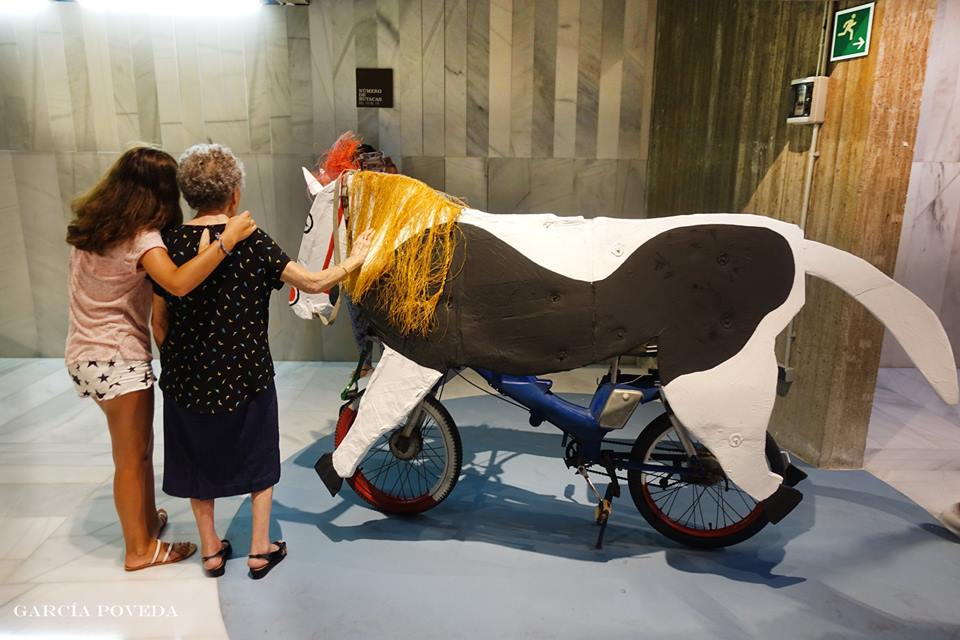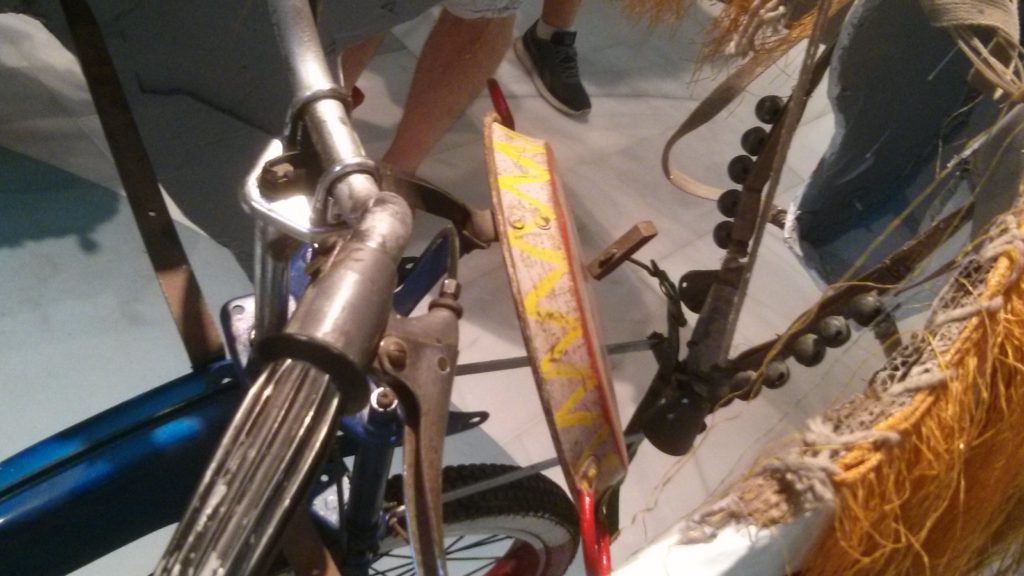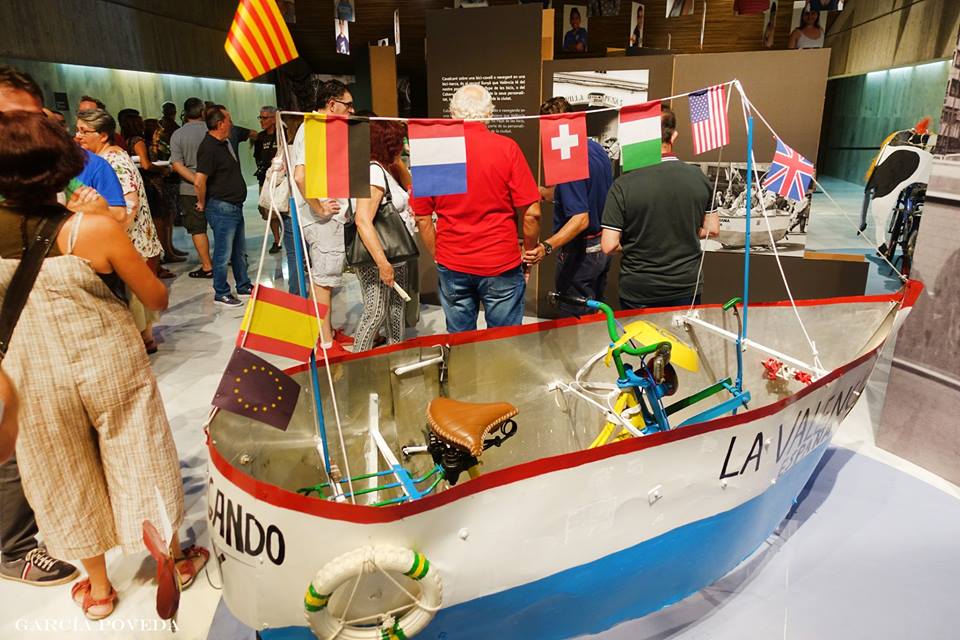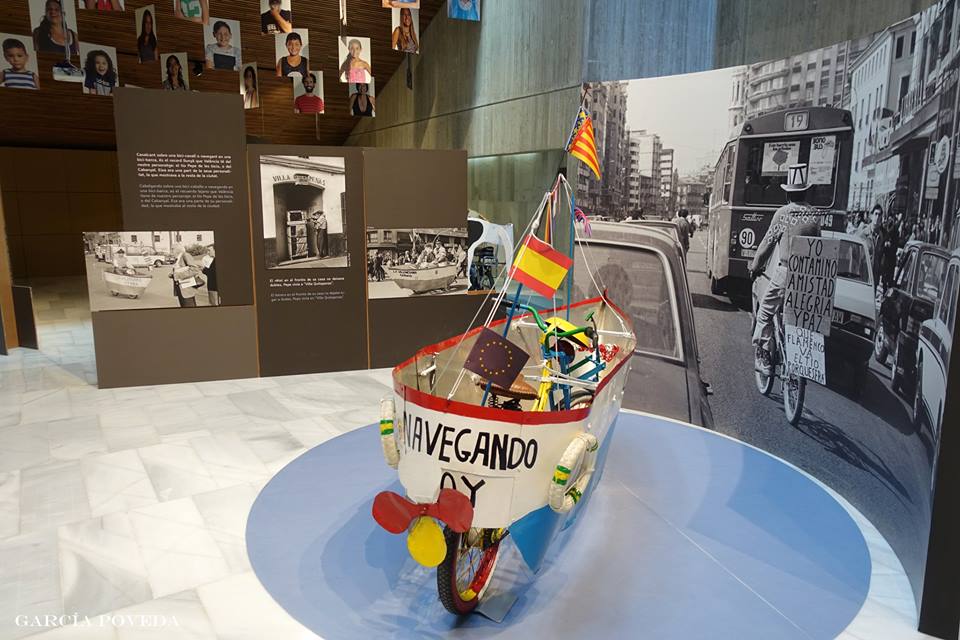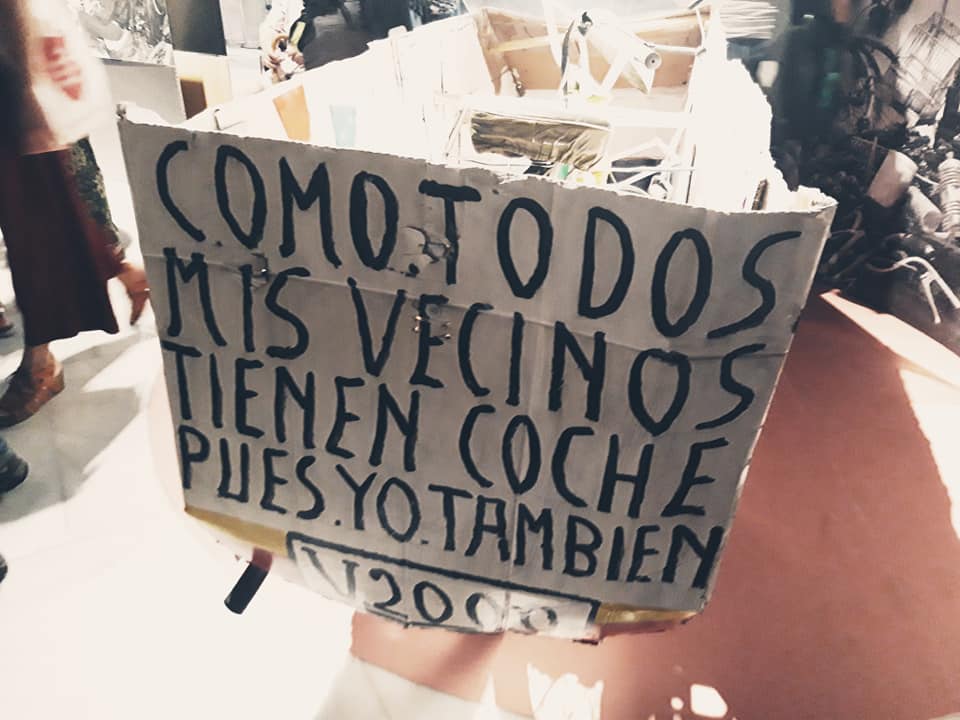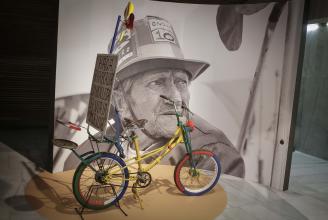Category Archives: Well done!
FLOW
Quite commonly, car drivers and decision makers are afraid of street congestion when politicians announce walking and cycling improvements. In particular, figures show that more than 40% of decision makers think so and this perception increases when dealing with cochistas. Take into account that congestion refers to everybody, independently of the way of transport they use or even without vehicle (i.e. pedestrians).
Reckoning from a higher height, a bike presents a horizontal surface no where near as width as a car. If we consider that the mean number of persons a car moves is 1,3 and that at least 4 bicycles take up the space of a car, then one can see decision makers are wrong. Indeed, documents have been published to demonstrate it. For example, the Civitas Flow project launched the 15 quick facts for cities under the European H2020 program.
This document is divided into four sections with examples from Europe and the U.S.A.:
-
The effect of walking in congestion
-
The effect of cycling on congestion
-
The effect of vehicle access restriction on congestion
-
The potential of walking and cycling to reduce congestion
The specific actions to reduce congestion range from narrowing roads to reduce crossing distance for pedestrians, pedestrians improvements to reduce bus travel time, cycling improvements to reduce car traffic and faster public transport (and commercial revenues), cycle highways reduce time spent in congestion and motor vehicle journeys, bike share programs eases congestion, new bike lanes shorten automobile travel times (thanks to smart traffic engineering) to neighborhood access restrictions lead to less motor vehicle journeys a day, short daily journeys could be walked in less than 10 minutes (or rode in even less time), millions of daily journeys made by motorized modes could be cycled in less than 20 minutes, and school street programs could avoid thousands of cars off the road during peak periods. All the facts presented in the document are real despite the utterly opinion of some people. By the way, pedestrian and bike safety is improved with the implementation of these ideas.
Bicycle Rush Hour Utrecht
The key for women biking is safe bicycle infrastructure
Cycling in the rain, the Dutch way
Tio Pepe
Tío Pepe (Oncle Pepe in English) was probably the first bike activist in Valencia, Spain. His personality allowed him to develop one of his passions: To modify bicycles so that they seemed objects and animals completely different to what people have in mind when listening to the word bike. He showed oddness, fun and open-mindedness in every artwork and ride from the last century. But above all, his persistence in making a better world on the base of bicycles is what we appreciate the most. He worked in the workshop called Villa Quita Penas (Villa Shame Removing, notice the good mood) in which he developed his most famous machines like the bike-horse or the bike-boat. Moreover, he used to ride his bikes dressed in extravagant costumes with banners on which everybody could read forceful sentences such as I pollute friendliness, happiness and peace, or Whether it is hot or cold, with a bike you travel better (in Spanish it sounds great).
One of his modified bikes is the bike-horse:
One can see the external structure to represent a horse, including the mane. If you keep your eyes on what is above the front wheel, you will discover an intelligent mechanism to transfer movement to a metallic hammer which hits a plate as the bike rides. Here you have a detail:
Next, the bike-boat:
This colorful boat made children smiling the moment they saw it. Again, you can see the metallic plate to make noise, yellow in this case. Furthermore, this bike has a special movement since the rider goes up and down similarly to waves as she pedals.
Just to illustrate his mood, he built a bike-car and one can read As all my neighbors have cars, I also have one (including the license plate) in the back.
Finally, if you wonder what face had Tío Pepe just check it out:
Now, you understand why Tío Pepe was so cherished by the people in the Cabañal neighborhood and by Valencia itself.
The 20 Effect – Yarnbombing in Belle Vale Park
Laura Goodfellow: Transit-Oriented Runner
Bicis para todas
Bicis para todas (Bikes for everybody, in Spanish) is a project which aims at making life easier to people who can not afford to buy a bicycle. It is developed by bikeaholics from the Valencia area with the goal of making a better world. They accept bikes from donations no matter in which condition and, as expertise in bicycle mechanics, they fix them. After that, they give bikes to people (one per person) who appreciate the present in order to use it for going to work, looking for a job, using the bike to deliver things or gifting it to his/her child. Several groups in urban biking as well as workshops and bike stores collaborate in this project. Regarding the time they spend fixing bikes, the two more important groups are Soterranya from Torrent (a city close to Valencia) and Tándem (which is located at the capital of the Valencian Community). Tándem helps people at risk of social exclusion and show them how to earn a living, whereas Soterranya focuses on minorities with the same target. For instance, Soterranya teaches subjects to children with difficulties at school and manages a library. Both groups constitute the spirit of this project which has made it possible to cheer up more than 500 people as the local government expressed thank to them last September. Good for them!
